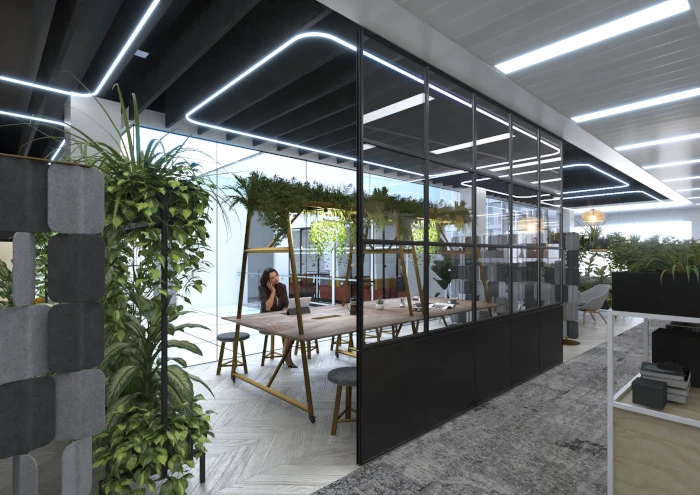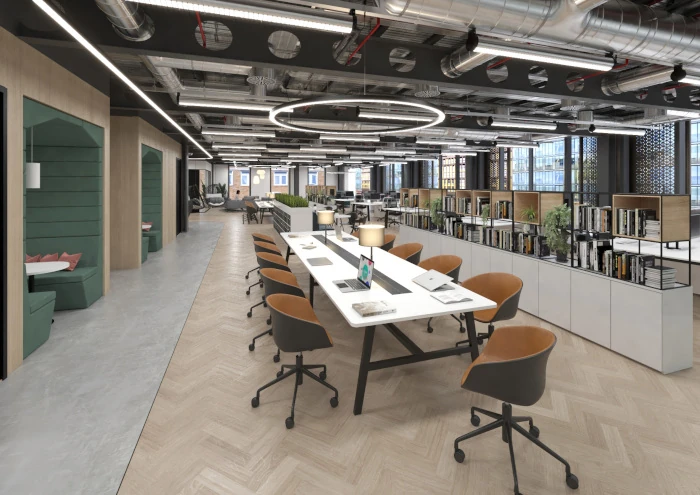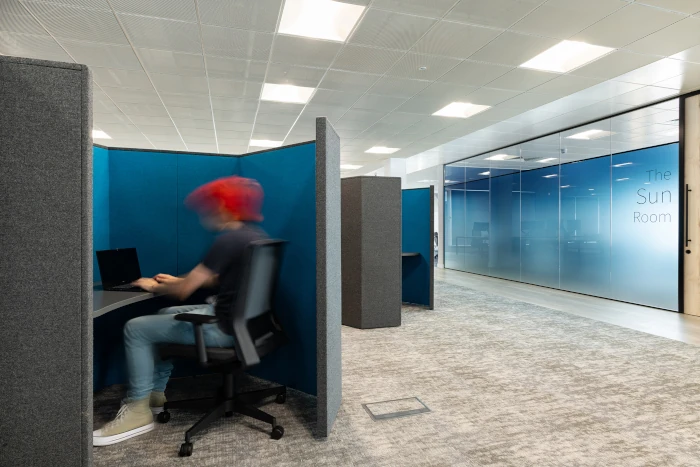Different Types of Working
31/01/23< Back to news index

A brief summary of different ways to work
Although some existed previously, these were developed rapidly during the pandemic, when the standard 9-5, Monday to Friday in the office was not possible. All include flexibility, and increased autonomy for staff. They can be adapted or combined with other aspects of work; "hot-desking," for example, fits in with all, as desks are shared by different workers at different times. As long as staff know they will have a comfortable working space, most are happy to share desks and it can encourage a tidier office.
Activity based working
"Activity based" means exactly that; offices are designed to be adapted to the range of activities involved in the work required. This will be specific to the organisation. Depending on the needs of the task they are working on, staff choose where, when and how they work. The employer provides the necessary space and equipment; for example, booths for private work or comfortable rooms to hold informal meetings.

Agile working
This involves working without boundaries, except for those needed to accomplish the task, allowing staff to decide for themselves what works best for them while still meeting the requirements of the company. The main emphasis is on individuals and interactions. Agile working is responsive to change and focuses on collaboration using the best possible location and methods, rather than dictating working hours and locations.
Adaptability, visibility and customer satisfaction are the main aims. These are achieved by bringing people, technology, connectivity and processes together in a specific time and place which creates the most efficient and appropriate way of achieving the task.

Flexible working
This focusses more on the employee than the task, and gained much popularity during lockdown, when people had to work from home. We did tasks remotely, and held Zoom meetings. Some people liked this type of working, while others missed the office. It has much in common with agile and with activity-based working, as employees can work how they feel they can work best. But flexible working does not need a specific workplace design.
Hybrid working
This is another result of remote working during Covid-19. Not everyone wants to be full-time in the office or finds that it helps their productivity or wellbeing, and hybrid working allows workers to choose. We can work in the office or remotely as best suits us and our tasks.
There is significant overlap between these ways of working, but each company can choose whichever suits the needs of their workers and the jobs they have to do.